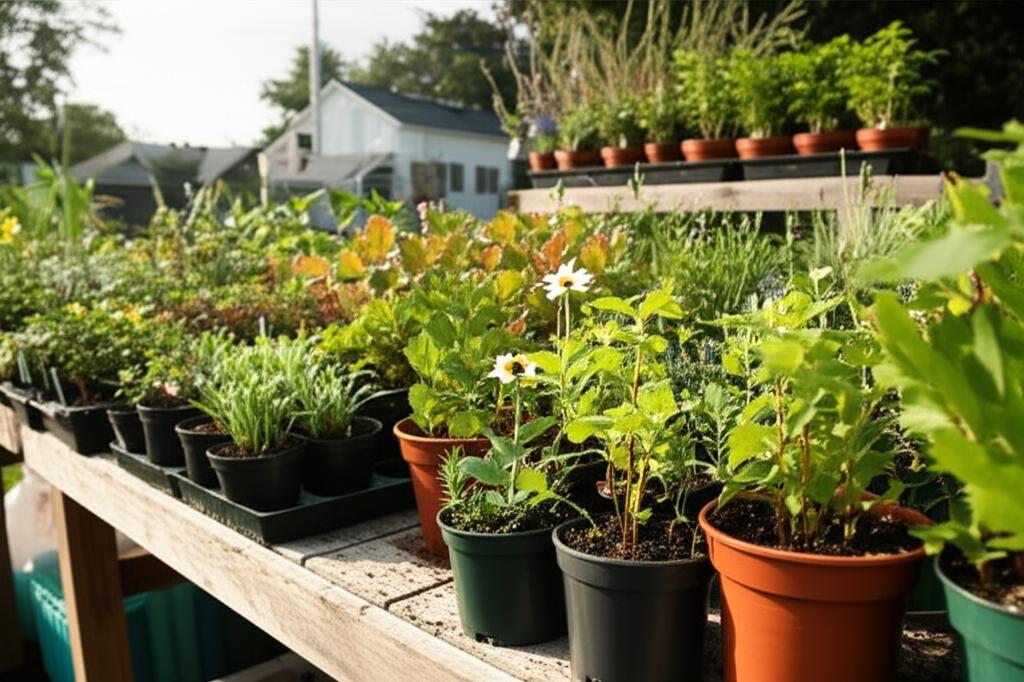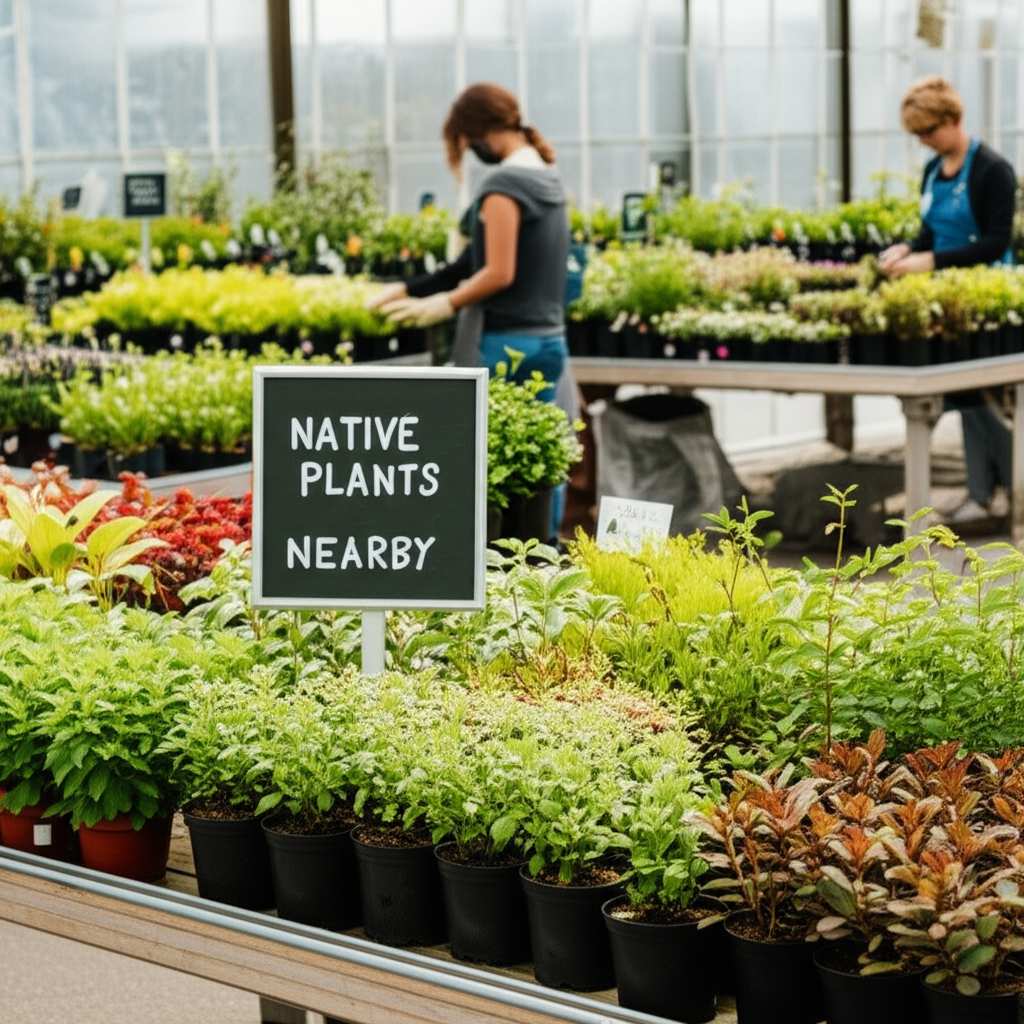Harness the Strength of Micro-Nurseries for Thriving Gardens in 2025
Imagine a garden that mirrors the natural beauty of your surroundings, with plants echoing the wildflowers of local meadows or the rugged shrubs of nearby slopes. This deep connection to place is what draws gardeners to micro-nurseries, small-scale growers who specialize in cultivating varieties suited to the unique soil, climate, and ecology of their region. Unlike expansive garden centers with generic stock, micro-nurseries provide a tailored, hands-on approach that can transform your garden into a resilient, authentic reflection of your landscape.
What Sets Micro-Nurseries Apart From Larger Operations
Micro-nurseries are often run by a single passionate grower or a small, dedicated team with an intimate knowledge of their local environment. Their limited scale allows for exceptional attention to detail, ensuring every seedling or cutting is nurtured with care. While big nurseries frequently ship in mass-produced plants from distant regions, micro-nurseries focus on propagation from nearby sources, such as seeds collected locally or cuttings from established regional gardens. The result is a selection of plants naturally primed to flourish in your specific conditions, taking root more quickly and enduring with greater ease.
Key Advantages of Sourcing Hyperlocal Plants
Choosing plants from a micro-nursery is not just a practical decision, but a commitment to building a garden that harmonizes with its natural setting. Gardeners who embrace this approach often experience several compelling benefits:
- Increased Resilience: Plants grown in local conditions are inherently prepared to handle regional weather patterns, from unexpected freezes to heavy rains, leading to stronger growth and higher survival rates.
- Community Support: Buying from a nearby grower bolsters local economies and builds relationships, as many micro-nurseries contribute through initiatives like plant swaps or free gardening classes.
- Distinctive Selections: Far from the uniform offerings of chain stores, micro-nurseries often carry native species, heirloom varieties, or unique hybrids that add character to your garden.
- Sustainable Impact: With shorter transport distances, these plants have a smaller environmental footprint, often arriving with minimal or reusable packaging.
Comparing Micro-Nurseries to Large Garden Centers
Large garden centers provide undeniable convenience, boasting wide inventories and the ability to supply bulk quantities for big projects. They cater to diverse needs with everything from tropical exotics to standard landscaping staples. However, stepping into a micro-nursery often feels like visiting a trusted neighbor, where personal conversations with the grower yield customized tips on nurturing native pollinators or tackling stubborn clay soil. Though their stock may be smaller, it is carefully chosen to match the local ecosystem, ensuring each plant serves a purpose in your space. Many gardeners find a balanced approach works best, turning to micro-nurseries for specialized, region-specific additions and larger centers for broader, everyday needs.
Start Small With Hyperlocal Gardening
If the concept of sourcing from a micro-nursery sparks interest but seems overwhelming, take a gradual approach to ease into the process. Begin by selecting just a few plants that resonate with you, perhaps a native groundcover or a hardy perennial, and observe how they adapt to your garden. Note their growth rate, compatibility with your soil, and whether they attract local wildlife like butterflies or songbirds. This measured start allows you to gain confidence in hyperlocal gardening without the commitment of redesigning your entire yard, giving you space to refine your vision over time.
Crafting a Cohesive Garden With Regional Varieties
One fundamental aspect of garden design is using repetition to create a unified aesthetic that feels intentional. Grouping similar plants in clusters or along pathways, rather than placing them randomly, can visually anchor your space. Micro-nurseries are perfect for this tactic, as they often offer small batches of matching plants with consistent characteristics. Envision a garden border lined with native grasses or ferns grown just a few miles away, blending seamlessly with the local terrain for a look that feels both polished and organic.
Fostering Growth Through Community Engagement
Beyond selling plants, many micro-nurseries are integral to local gardening circles, hosting events like seed-sharing days or workshops on topics such as composting or propagation techniques. These opportunities turn a simple purchase into a collaborative effort to strengthen local ecosystems. For gardeners seeking knowledge, these interactions provide actionable advice specific to regional challenges, from optimal planting times to pairing plants for mutual benefit, all grounded in the grower’s firsthand experience.
Nurturing Your Garden’s Future
As you integrate hyperlocal plants into your outdoor space, take time to appreciate the subtle ways they connect your garden to the broader landscape. Monitor their progress through the seasons, adjusting care as needed to support their growth. Consider keeping a journal to track which varieties thrive and how they enhance your yard’s biodiversity. With each small success, you will build a deeper understanding of your local environment, creating a garden that not only beautifies your home but also sustains the natural world around it.

